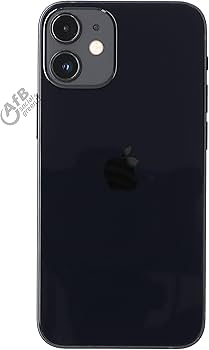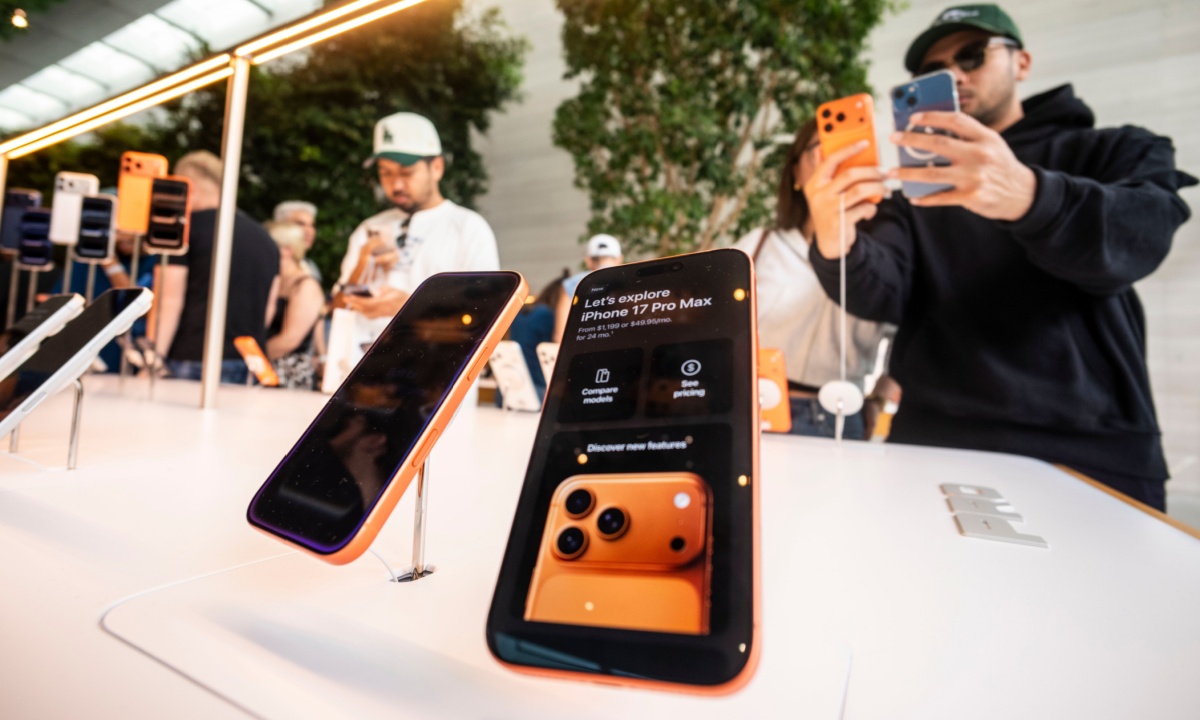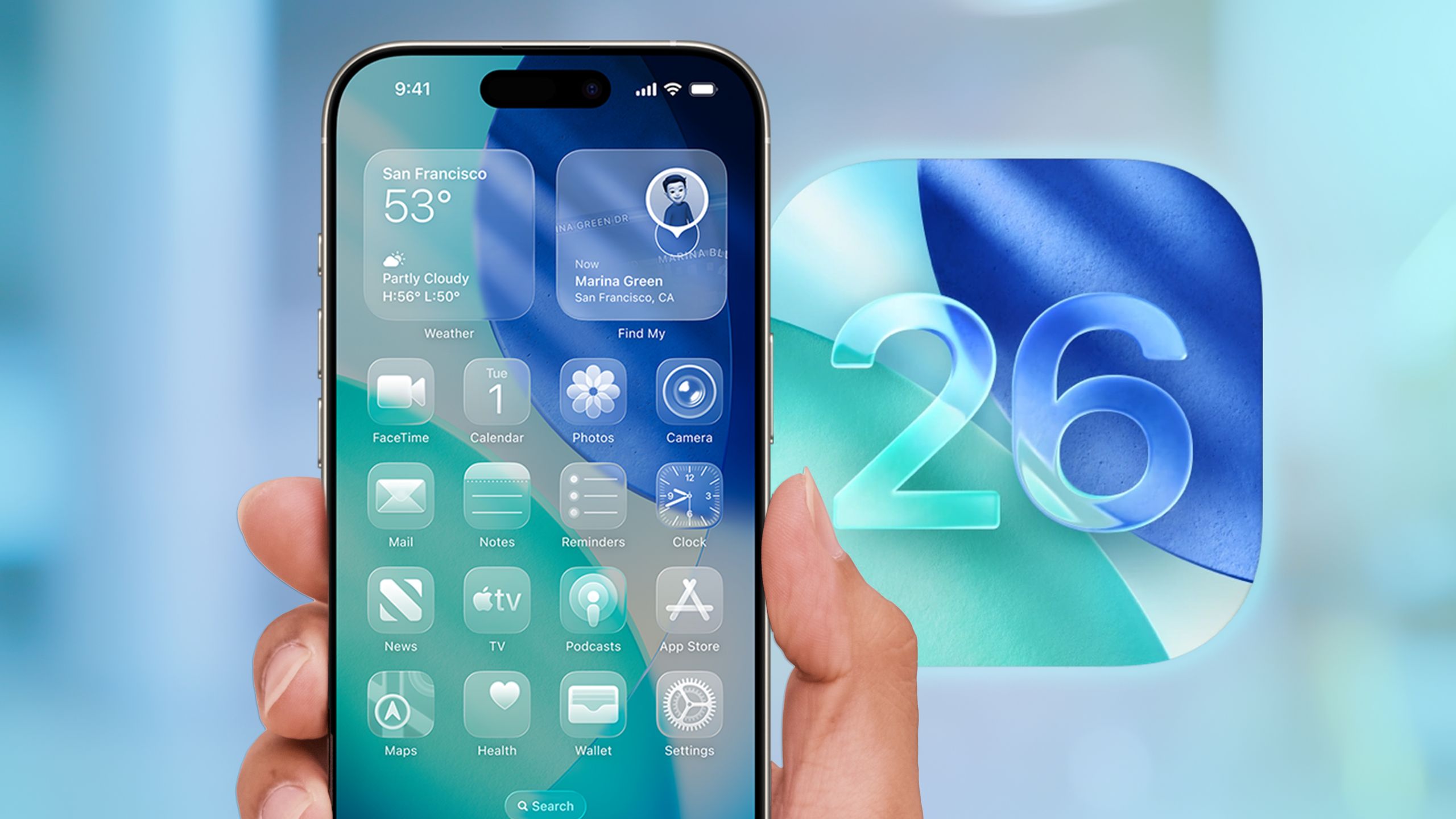# iOS 26.3: Fresh Features and Upgrades
Apple has just unveiled the first beta iteration of iOS 26.3, concentrating on enhancing compatibility between iPhone and Android devices, alongside boosting support for third-party smartwatches. This article highlights the main features brought forth in this update.
## iOS 26.3 Fresh Features
### Android Transfer
Among the most prominent updates in iOS 26.3 is the newly introduced “Transfer to Android” functionality. This system streamlines the transition for iPhone users moving to Android devices, developed through a partnership between Apple and Google. Users can now position their Android device next to their iPhone to start a wireless transfer of photos, messages, notes, applications, and contact numbers. However, sensitive information like Health data and locked notes will not be transferred. Apple and Google intend to broaden the types of transferable data as the beta testing moves forward.
### Notification Forwarding
Another key enhancement is the “Notification Forwarding” feature, which enables iPhone notifications to be shown on third-party smartwatches or wearables. Users can activate this feature in the Notifications menu found in the Settings app. However, it is crucial to mention that notifications will not be visible on the Apple Watch while this feature is in use. Currently, this functionality is restricted to users located in the European Union, as Apple adheres to the new Digital Markets Act (DMA) regulations.
### Additional EU Features
Besides Notification Forwarding, iOS 26.3 brings several other enhancements aimed at improving interoperability for EU users:
– **Proximity Pairing**: Similar to AirPods, this feature simplifies the connection of third-party accessories.
– **Enhanced NFC Capabilities**: Users can start connections with devices without needing the iPhone’s presence.
– **High-Bandwidth Wi-Fi Connection**: This feature facilitates peer-to-peer connections, supporting the recent Android-iPhone switching functionalities.
The European Union has embraced these updates, stressing the new possibilities for developers and users arising from the DMA enactment.
### Wallpapers
Apple has also made slight modifications to the wallpapers section in iOS 26.3. The former single category for Weather and Astronomy wallpapers has been split into two separate sections. New pre-designed wallpapers have been added to the Weather category, which continues to showcase live weather conditions for the user’s area.
## iOS 26.3 Launch Date
The formal launch of iOS 26.3 is expected in late January 2026. This schedule aligns with earlier iOS releases, such as iOS 18.3 and iOS 17.3, which were introduced in late January of their respective years.
## Conclusion
Although iOS 26.3 may seem like a minor update compared to its predecessor, it brings forth noteworthy features aimed at enhancing user experience and compatibility between devices. As the beta testing phase progresses, more features may be incorporated or adjusted. Users are encouraged to share their experiences and any new discoveries throughout this time.










